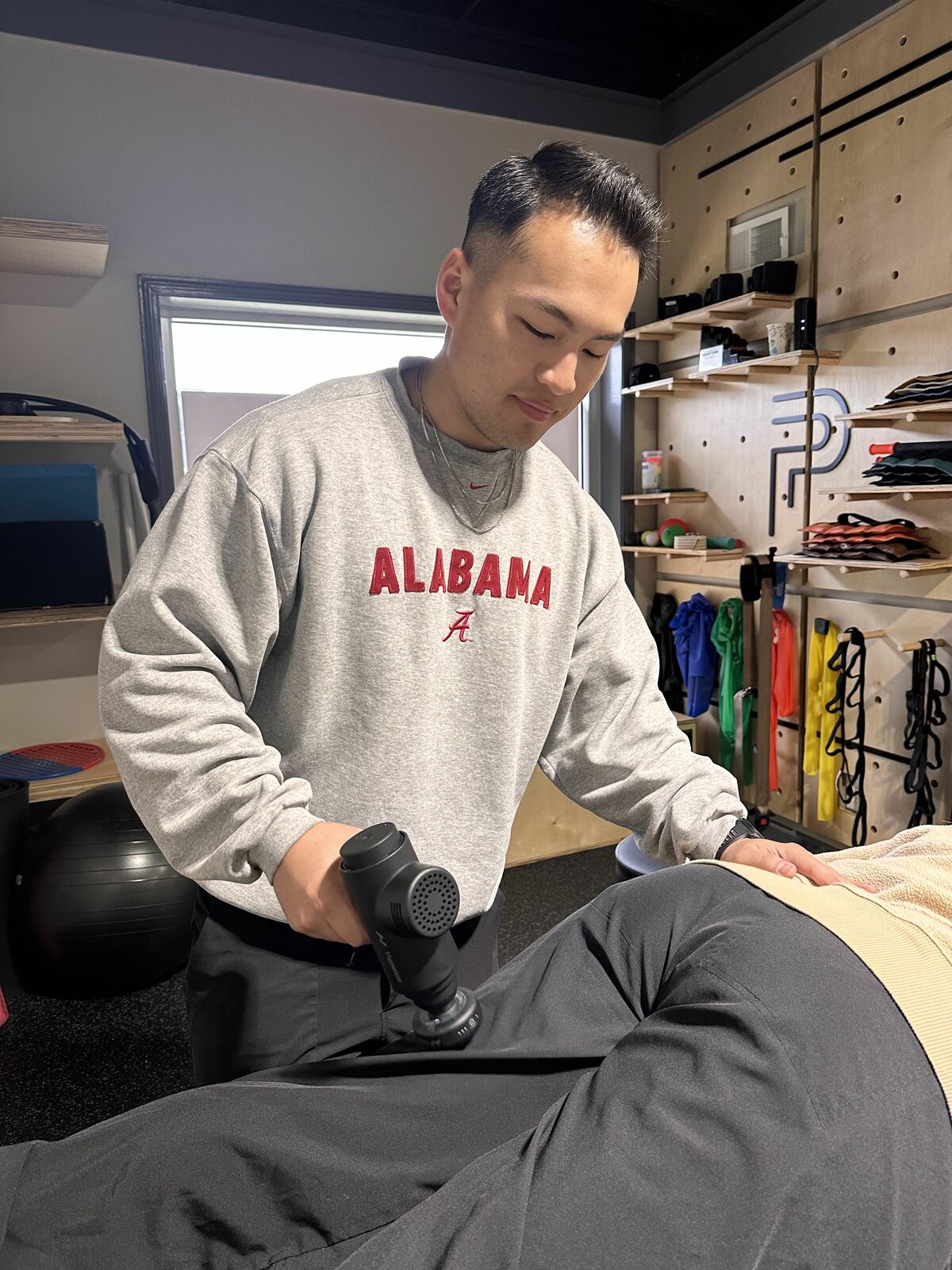
Percussion Devices and Massage Guns - What’s all the BUZZ about?
by Kery Danh, SPT
March 25, 2024
Percussion devices, also known as percussion instruments or massage guns, have gained popularity in various fitness and wellness contexts, including physical therapy. These handheld devices use percussive force to deliver rapid pulses of pressure to targeted muscle groups. Here are some potential benefits and considerations when using percussion massagers in physical therapy:
Benefits:
- Muscle Relaxation: Percussion massagers can help relax tight muscles by providing deep tissue massage. The rapid pulses stimulate blood flow and may reduce muscle tension.
- Improved Circulation: The percussive action can enhance blood circulation in the treated areas, promoting oxygen and nutrient delivery to muscles and supporting the removal of waste products.
- Pain Reduction: Many users report a reduction in perceived pain and discomfort after using percussion massagers. The therapy may help alleviate soreness and discomfort associated with muscle tightness or injury.
- Enhanced Flexibility: Regular use of percussion massagers may contribute to improved range of motion and flexibility by addressing muscle stiffness and tissue pliability.
- Quick Recovery: Athletes and active individuals often use percussion massagers as part of their recovery routine to speed up muscle recovery after intense workouts or physical exertion.
- Convenience: Percussion massagers are portable and easy to use at home, allowing individuals to incorporate self-massage into their daily routine.
- Complementary to Manual Therapy: While not a replacement for manual therapy by a qualified professional, percussion massagers can complement hands-on techniques and be used as part of a comprehensive treatment plan.
Considerations:
- Professional Guidance: It's important for individuals with specific injuries or medical conditions to consult with a physical therapist or healthcare professional before using a percussion massager to ensure it's appropriate for their situation.
- Application Technique: Proper technique is crucial to avoid overuse or exacerbating existing issues. Users should be educated on the correct way to use the device to achieve optimal benefits.
- Intensity and Speed Settings: Many percussion massagers come with adjustable intensity levels and speed settings. Users should start at lower settings and gradually increase intensity based on their tolerance and comfort.
- Avoid Bony Areas: Percussion therapy should be used with caution around bony areas, joints, and sensitive tissues. It's essential to focus on the muscle belly and avoid direct pressure on bones.
- Not Suitable for Certain Conditions: Individuals with certain medical conditions, such as fractures, deep vein thrombosis, or acute injuries, should avoid using percussion massagers without professional guidance.
In summary, percussion massagers can be valuable tools in physical therapy for promoting muscle relaxation, improving circulation, and supporting overall recovery. However, their use should be approached with consideration for individual needs and under the guidance of healthcare professionals, particularly in the context of specific injuries or medical conditions.
References:
Sams L, Langdown BL, Simons J, et al. The effect of percussive therapy on musculoskeletal performance and experiences of pain: a systematic literature review. Int J Sports Phys Ther. 2023;18(2):309-327. Published 2023 Apr 1. doi:10.26603/001c.73795

